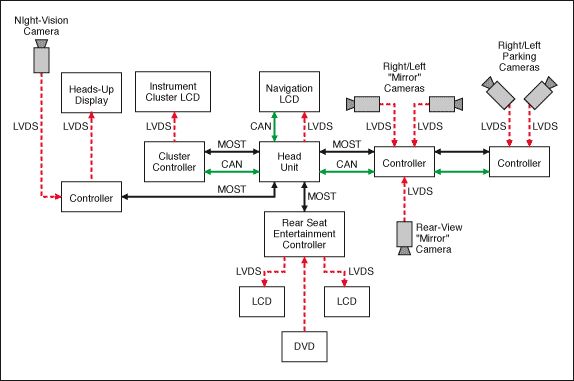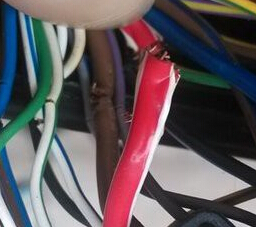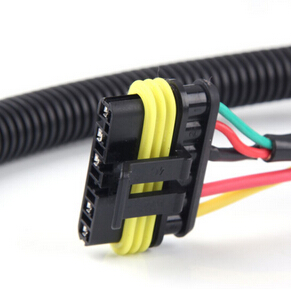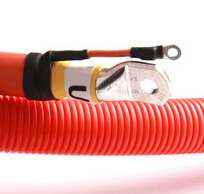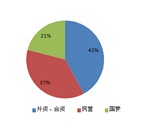1. Power line and motor line
These two parts are the core parts of the electric vehicle wiring harness. Before the production of the power harness by Rekentech Electronics, the allowed passing current value is 15A or less, including 15A, the cross-sectional area of the copper wire is 1.5 square millimeters, and the motor line current The value is greater, reaching 15A or more, 22A or less, the cross-sectional area of the copper wire is 2.0 square millimeters. The
2. Control weak wire lock
The current intensity of the wire harness here is not large, 1.0A-3.0A, so a cross-sectional area of 0.5mm2 is sufficient.
3. Lighting, horn, alarm wiring harness
The electronic horn is a warning sound component provided for safe driving. The horn used on the electric vehicle is almost always active. Similarly, after thorough research with Renecker Electronics, the data given is the current intensity 1.0A-3.0A, so the cross-sectional area is 0.5 square millimeters
4. Data communication harness
Here, the amount of electric current allowed to pass through the wiring harness is the minimum, which is less than 0.5A, and the wire diameter is 0.24 square millimeter. Obviously, this collocation is sufficient for signal transmission of various components of electric vehicles.
In general, if the wire diameter is above the value specified above, the resistance of the wire harness is too large, and the voltage on the wire harness will be large when starting a large current such as a car, which can reach 2 V or more, causing the controller to enter the under-voltage prematurely. protection. We use 36V as an example. If the cross-sectional area of the harness is too small, its internal resistance increases, which is equivalent to connecting a resistor in series. When the battery voltage is 36V, there is more than 15A current, according to Ohm's law If the resistance of the wiring harness exceeds 0.1 ohms, its upper pressure reaches about 2V, the voltage provided to the controller is only 34V; When the battery voltage drops to 33V When the voltage supplied to the controller is only 31V, the controller goes into undervoltage protection, but the battery is not actually fully discharged.
Structure of electric vehicle wiring harness

The electric vehicle harness is divided into main harness and branch harness and should be classified according to the system configuration of the electric vehicle. The main harness is divided into battery power system wiring harness, power switch harness, control system main supply harness; branch harness is divided into lighting signal harness, control system signal harness, combined switch harness. The wiring harness of the lighting signal system can be divided into headlights, front turn signals, rear lights, rear turn signals, brake lights, and license plate light wire harnesses. Plastic connectors are generally used between the wire harness and the wire harness, and between the wire harness and the electronic components. Generally, the number of holes in the connector is different for the general manufacturer. Most of the main wiring harnesses of the vehicle are centered on the controller and extend to the front and rear of the vehicle body.
Electric vehicle wiring harness specifications
The wires in the harness of the electric vehicle have different cross-sectional areas, and different cross-sectional areas of the wires allow different current values to pass through. Generally speaking, the battery output line, wiring harness main line, control system main supply line, power lock, battery pack connection use more than 1.5mm? Above the wire; lighting signal system, combination switch more than 0.5mm? more than the wire; brake power, parking The switch uses 0.15 mm or more wires.
Reasonable harness design is an important guarantee for the quality of electric vehicles. Under the social background of advocating the concept of environmental protection, electric vehicles are becoming more and more popular. Harness manufacturers should actively study the layout of electric vehicle wiring harnesses to minimize electric vehicle line faults.
















 RCCN WeChat QrCode
RCCN WeChat QrCode Mobile WebSite
Mobile WebSite

